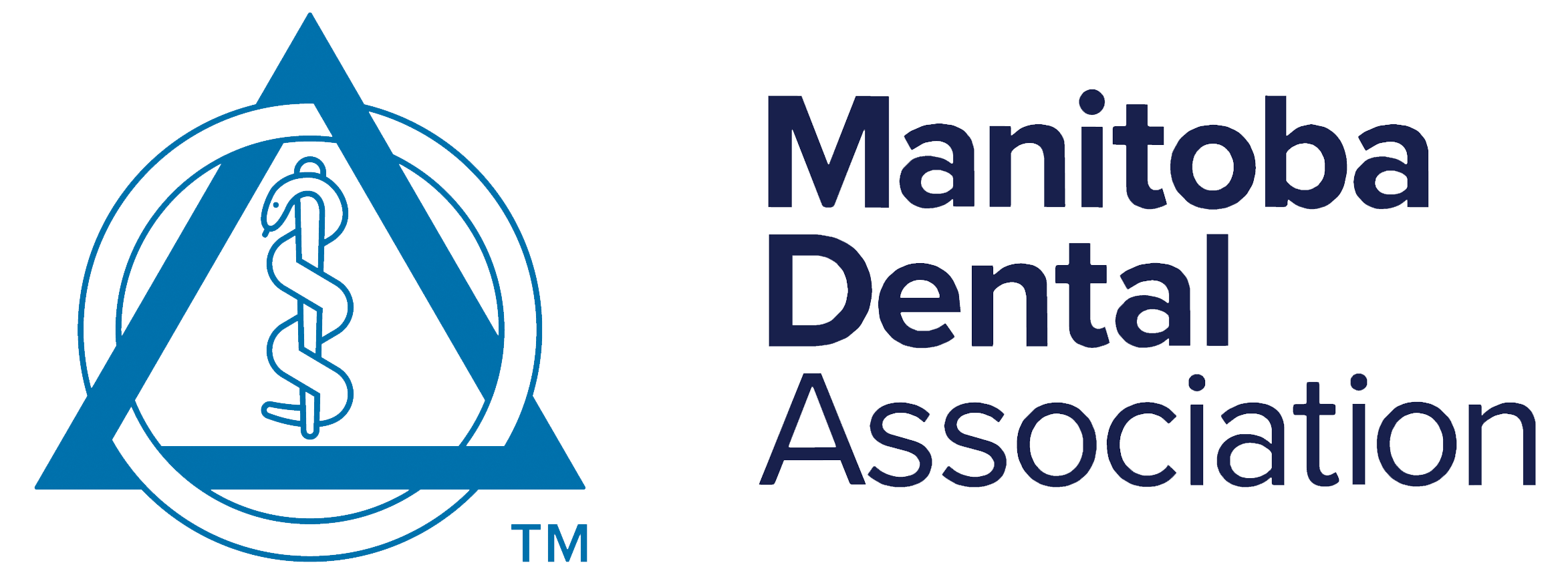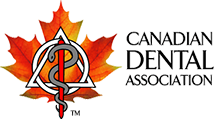Dental Insurance Plans
Dental Insurance Plan
Your employer will provide you with details of your plan that should be easy to understand. You should receive a brief overview of the services that are covered, limitations and exclusions, and an indication of the fee guide used to calculate your benefits. Keep in mind that the actual specifics of the plan will be spelled out in a contract between the employer and the third-party dental plan administrator (ei. Manulife or Blue Cross).
Dental plan contracts are lengthy, complex documents that define what services are covered and under what circumstances those services are eligible for reimbursement. Some limitations are easily understood, such as frequency limitations. For example, “This service is covered once every three years.” Others are more complex, such as, “This service is covered only when there is evidence of recurrent decay of fracture.”
Dental plan administrators are contractually obligated to reimburse patients based upon the terms of the dental plan contract, not based on dental needs. This means that in some instances, treatment deemed warranted by your dentist, may not be covered.
Your Dental Plan
Your Responsibilities
There are thousands of dental plan contracts in Manitoba and each one is a little different from the next. As a smart consumer, you should make it your job to understand the details of your dental plan, and to supply your dental plan administrator with necessary information such as pre-treatment forms, claims forms or any supplementary information. You are also responsible for making arrangements for payment to your dentist for the dental care you receive.
Your Dentist's Responsibilities
Your dentist, in accordance with the The Dental Association Act, current standards of practice and other MDA regulations, will give you information on available treatment options, including their risks, benefits and costs, to address your dental care needs, regardless of the nature and extent of your dental plan coverage. In addition, the dentist will assist you by supplying information required by your dental plan administrator that will enable you to receive benefits to which you may be entitled to under your dental plan contract signed by your employer.
How Your Dentist Helps with Your Dental Plan
Your dentist will be happy to supply you with the claim and pre-treatment forms that you'll need to receive benefits through your dental plan.
Sometimes your plan administrator may request additional information in order to assess whether the treatment is covered by your plan. In such cases the plan administrator will write to you and ask you to obtain the information from your dentist. Your dentist will supply any information you request, but it is your responsibility to provide it to your dental plan administrator. This ensures that your health record remains confidential and your privacy is protected. In some cases, your plan administrator may permit your dentist to submit this information directly to them, but your permission is required to maintain your privacy.
Dental plans are designed to help patients pay for their dental treatment. However, not all dental treatments are eligible or fully reimbursable. If your dental treatment is only partially covered, you will have to share in the cost of your dental care.
Remember, you are a partner in your oral health. You and your dentist should make all treatment and care decision, based on your actual needs, not on your dental plan coverage. Your dental plan is not a treatment plan!
Dental Fees
There may be a difference between the price your dentist may charge you and the amount covered by your dental plan. Here are three reasons why:
1. Factors Considered When Calculating Costs
The amount your dentist may charge you and the amount your dental plan may reimburse you for might be different because these two fees are not derived in the same way.
When your employer and insurance carrier determine the amount of money your dental plan will pay for services covered under the plan, they take into account the specific circumstances of your company and its employees.
They consider such factors as company funds available for employee benefits, the nature and extent of use of the dental plan by the employees, and which version (i.e. what plan year) of MDA Suggested Fee Guide for General Practitioners is used by the insurance carrier.
The MDA fee guide is a reference of suggested fees for dental services that is updated annually by the Manitoba Dental Association. Some employers may use a current issue of the guide, while others may use past issues of the guide.
Every dentist has the authority to set his or her own fees, considering the factors affecting both the practice and the patients served. The MDA Suggested Fee Guide helps dentists derive fees, but this is only a guide and the fees are only “suggested”.
A dentist may use this guide to formulate a fee for their dental services. Once a dentist has established a fee for a certain service, with special exceptions, he/she will charge that fee to all patients, regardless of whether or not the patient has a dental plan.
2. The Plan Design
For some dental services, payment may be based on a cost-sharing arrangement between the employer and the employee. In these cases, the patient pays for a portion of the cost, while the plan pays for the remainder.
As identified on the claim
form you sign after you receive a service, you are responsible for the bill. This means you are also responsible to pay for the portion of the bill not covered by your plan - the portion known as the co-payment.
3. Individual Circumstances of the Patient
If your dental problem is harder to resolve and requires more time or work by the dentist, the fee may be higher than the usual fee. Similarly, if the problem is less complicated and requires less time to work to resolve, the fee may be lower than what
the dentist would normally charge.
In some cases, financial concerns can make patients reluctant to see the dentist even when a problem is painful or in urgent need of treatment. For example, a toothache that might seem like it can wait
could turn into an oral infection if not treated in time. For patients with poor overall health, especially those with heart disease, this could have serious consequences that might have been preventable with early treatment.
In this type
of situation, you should talk to your dentist. The best solution might be one where you work out financial terms and discuss all possible solutions, rather than waiting for an unresolved problem to get worse.
Lab Fees
Many dental services require additional commercial laboratory procedures. As your dentist can explain, dental procedures that might require the services of a commercial laboratory may include:
- Bridges
- Crowns
- Dentures
- Implant procedures
- Inlays or onlays - small and large restorations, respectively
- Night guards
- Orthodontic appliances
- Posts and cores for crown and bridge restorations
- Repairs to any of the above restorations or appliances
- Sleep apnea appliances
- Sports guards
- Veneers
Laboratory Fees are not Dental Fees
The fees charged for laboratory services are in addition to the dentist's professional fee for the service or treatment provided. In most cases, independent companies perform the laboratory services, not your dentist.
If your dentist has their own lab, please ensure you understand how these fees are generated.
Your dentist will arrange for a commercial laboratory to do the work to precise specifications that meet your treatment needs. You will then see the fees for the commercial laboratory on your bill. It is important to understand that fees from the commercial laboratory are the exact amount that the laboratory has charged your dentist to provide the service, and this fee will be paid directly to the laboratory.
When completing your claim form, the fee for the service performed by the dentist, such as a crown or bridge, will be listed as a professional fee. The laboratory charges reported on the form, using procedure code 99111, will be the fee charged by the commercial laboratory. Again, this is not the dentist's fee.
Lab Fees and Your Dental Plan Coverage
Laboratory charges must be completed in conjunction with other services. The amount payable by your dental plan will be limited to the reimbursement percentage of the services that required the lab work. This percentage is determined by the employer or plan sponsor, and plan administrators handle reimbursement in a variety of ways.
To find out the level of reimbursement that can be expected from your dental plan, you should ask your dentist to prepare an estimate of the professional services and the estimated laboratory charges, which should then be submitted to your plan administrator.
The predetermination of benefits you receive back from your plan administrator will explain how your benefits for these services are calculated so that you are aware of what your costs will be, before you receive the treatment.
It’s important to remember that the “estimated” laboratory charge is just that and may vary depending on the extent of work completed by the laboratory. Your dentist does not receive the fee charged by a commercial laboratory, even though they may collect it from you on their behalf.
Claims Forms
The Paperwork
Having good oral health means being an active part in your own treatment plan, not just when you visit the dentist's office, but also when you sit down to review your dental plan and take care of paperwork. Understanding the terms and conditions of your plan can go a long way to ensuring you receive the best care possible.
Help When You Need It
Not sure you understand your plan or how to claim your benefits? Always remember, you can contact the customer service department of your benefit plan provider. They are well-equipped to walk you through the necessary steps and to help you understand the details. If your benefits come through your workplace, you can also ask your human resources department or the customer service contact at your workplace.
Assignment of Benefits
"Assignment of benefits" is when a dental patient instructs an insurance carrier to make a payment of allowable benefits directly to the dentist.
This has obvious appeal to a dental patient because the patient may not have to pay the dentist up front or go through the process of filling a claim with their insurance carrier and wait to get reimbursed. Dental claim reimbursement is now faster than ever, thanks to electronic claims submission. Many patients find that when they pay the dentist directly, there is only a short period of time that they are out of pocket these funds. It is not unusual to see the dentist on Monday and have the reimbursement cheque before the end of the week.
Co-Payment
A co-payment is a portion of the bill that is not covered or reimbursed by your insurance. A co-payment is usually 20 - 50% of the claim amount. In certain cases, it may even be higher, depending on the service.
Some dental patients believe that the co-payment portion of the bill is optional or that the dentist can waive that portion of the fee. This is not the case. Full payment, including the co-payment, is required in all cases. In cases where patients do not pay the co-payment at the time of treatment, dentists have to follow-up with their patients to ensure a full payment is made. Accepting less without attempting to collect the remainder of the fee charged may be considered fraud or misrepresentation of the fee charged to the third-party dental provider.

